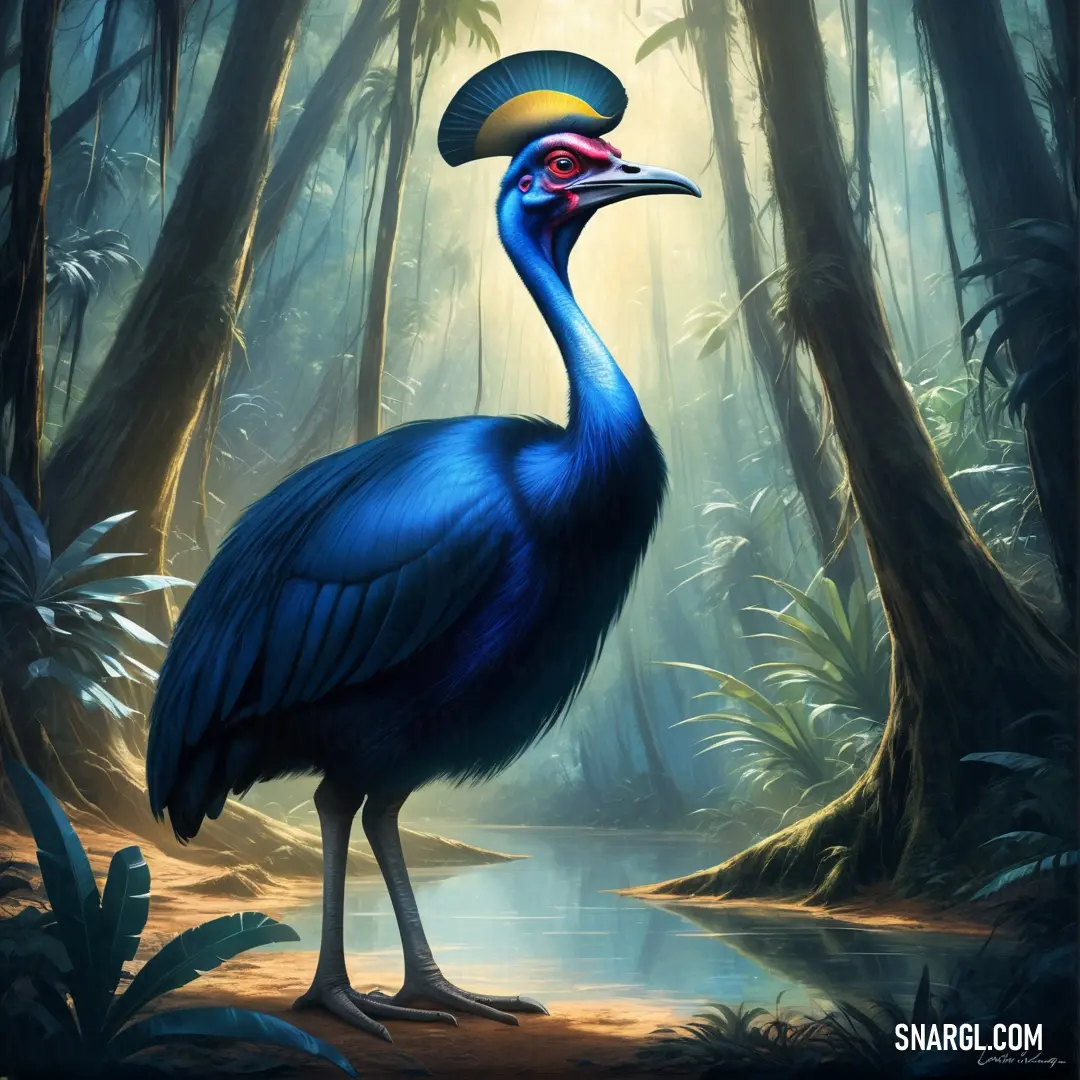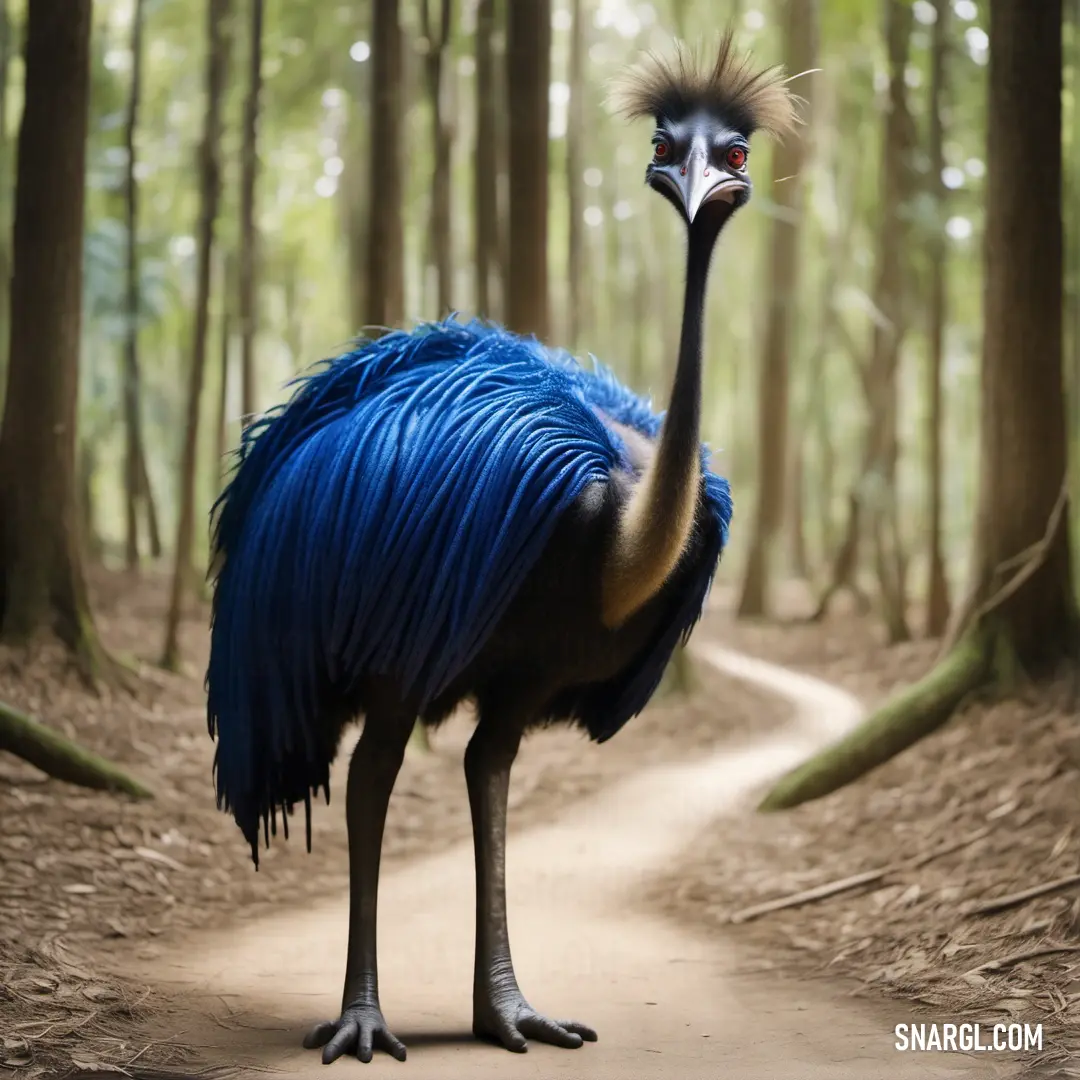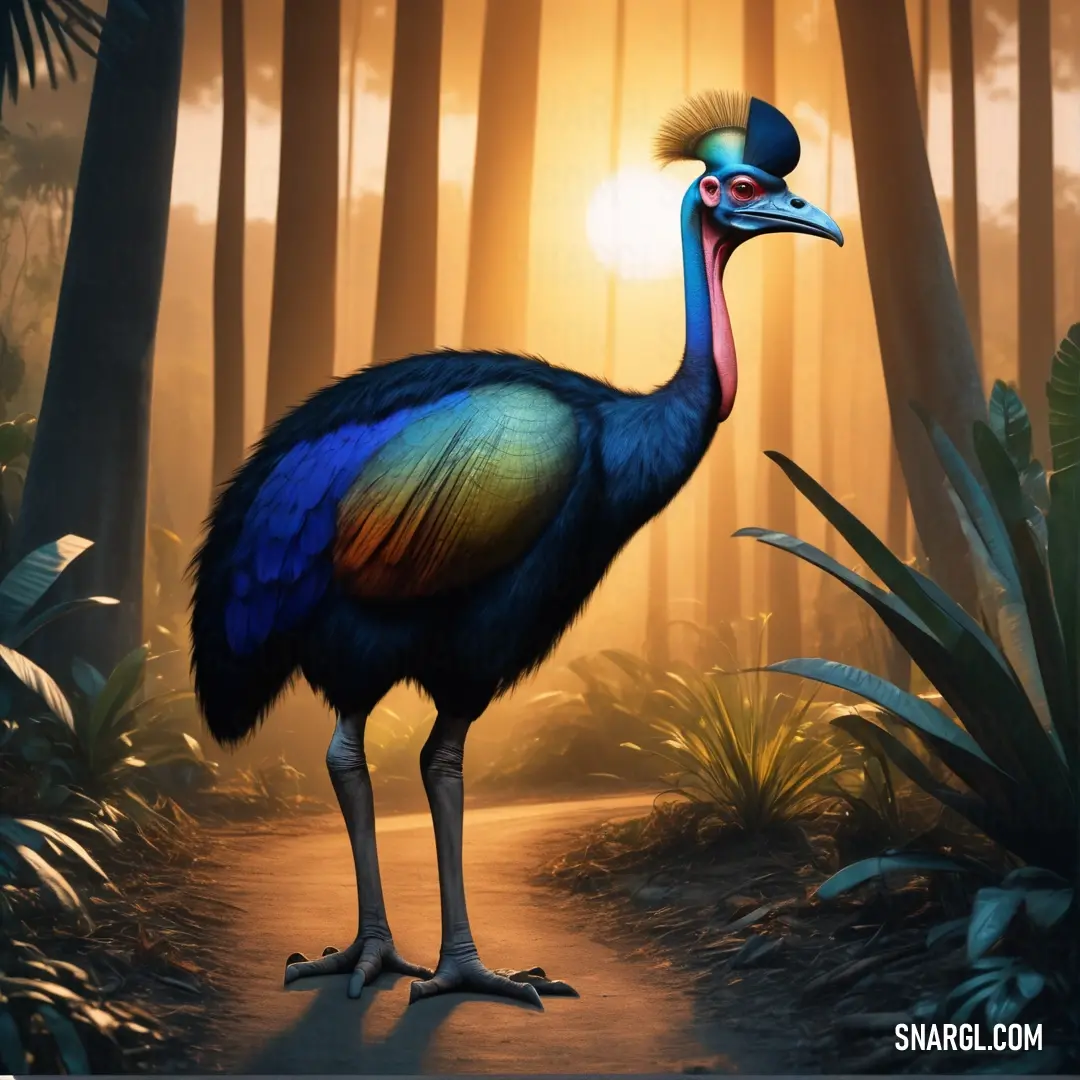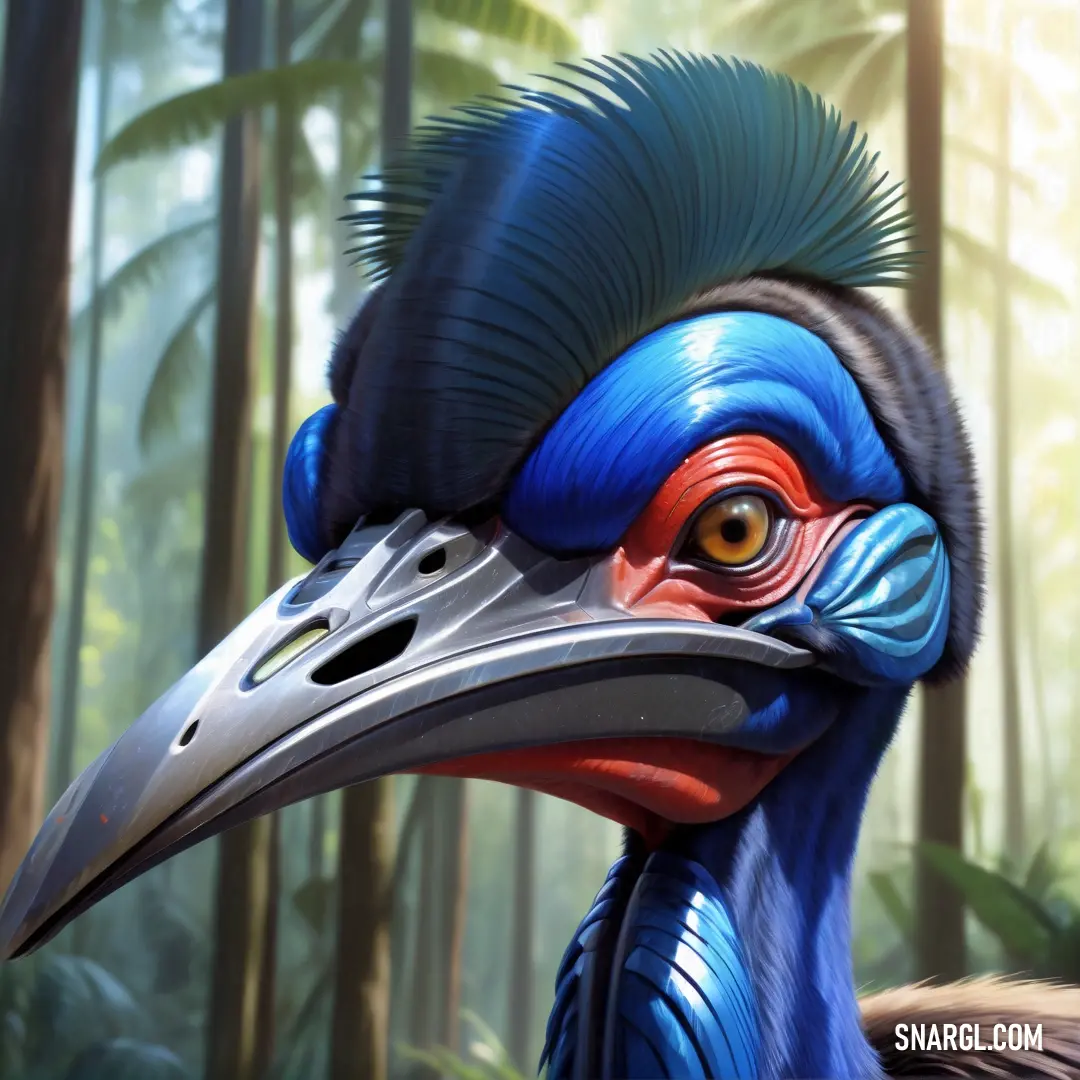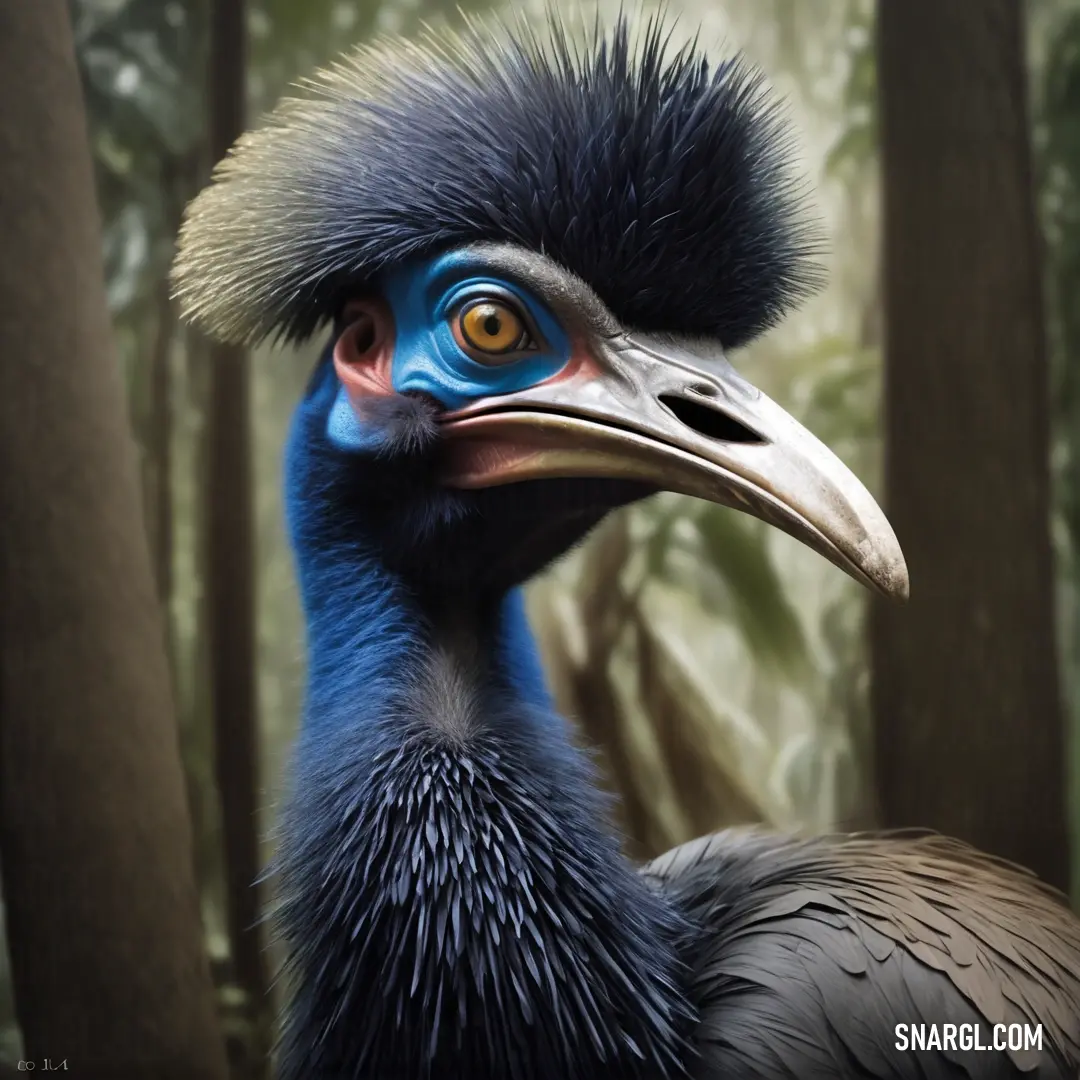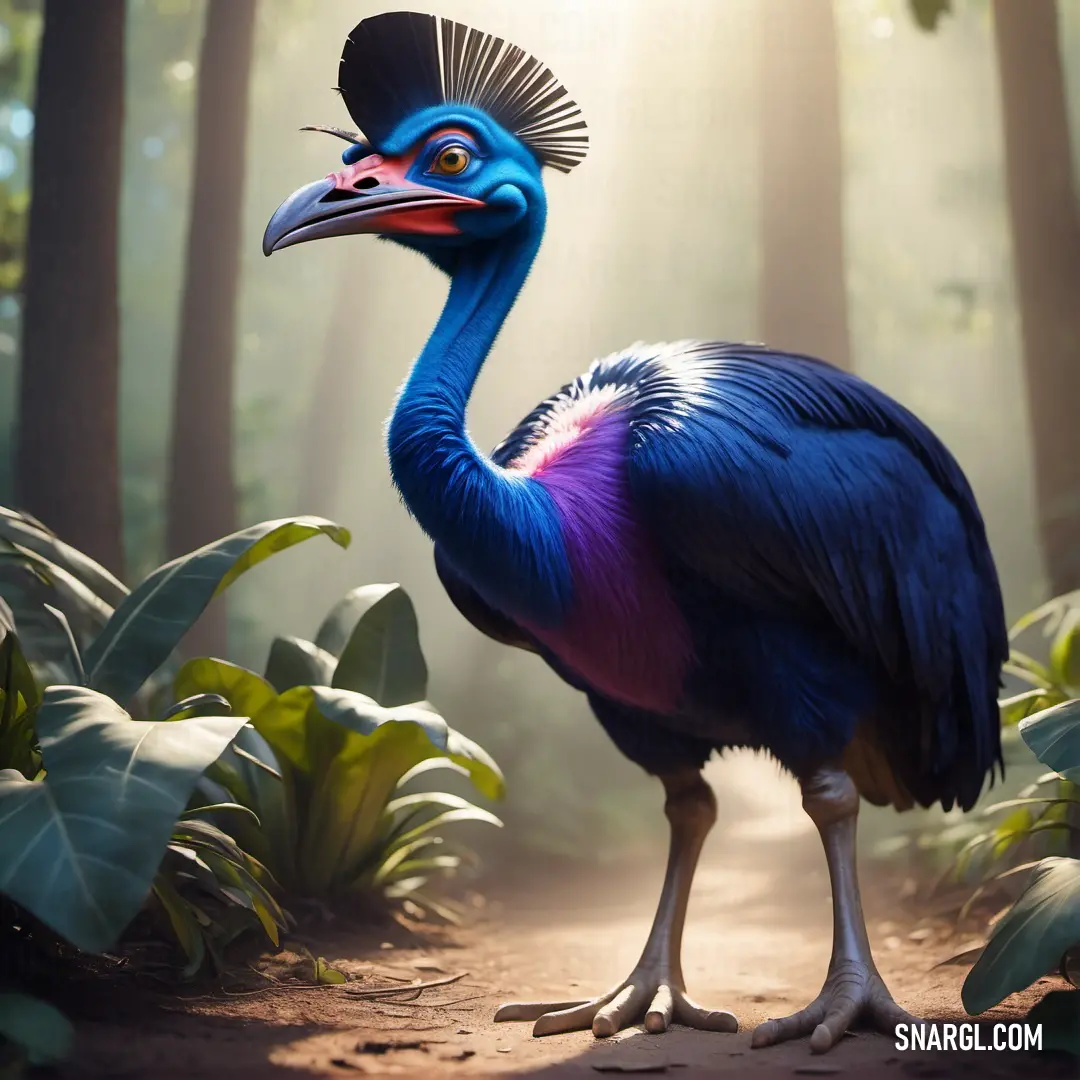Once upon a time, in the verdant depths of the Enchanted Forest, a cassowary named Ginger trotted proudly. Ginger wasn't your ordinary cassowary - her feathers shimmered in hues of sapphire and emerald, and she had a penchant for wearing little hats made of pine needles. Despite her regal appearance, Ginger had a heart as large as her stride.
One fine day, as Ginger was taking her usual afternoon stroll, she stumbled upon a rather peculiar scene: a serious-looking human in a trench coat and fedora, meticulously inspecting a pine cone. This human was Atlas, a renowned animal cruelty investigator known for his unyielding determination and impeccable sense of justice. His current mission, unbeknownst to Ginger, was to uncover a nefarious plot involving pine cones.
Ginger, always eager to make new friends, approached Atlas with a friendly chirp. "Hello there! I'm Ginger. What's the pine cone conspiracy?"
Atlas, caught off guard by Ginger's sudden appearance and unusual demeanor, straightened his fedora and said, "Ah, yes. I'm Atlas. I'm investigating an underground ring of pine cone smugglers. They're using enchanted pine cones to create elaborate traps for unsuspecting animals."
Ginger's eyes widened. "Traps? That's terrible! But why pine cones?"
Atlas sighed. "Pine cones are a powerful symbol in our forest. They're believed to contain ancient magic. If misused, they could cause chaos."
Determined to help, Ginger fluffed her feathers and said, "Let's form an alliance! We'll put a stop to this together."
Atlas raised an eyebrow. "You'd help me? But you're... a cassowary."
"And you're a human in a trench coat," Ginger replied with a wink. "Seems like a match made in forest heaven!"
Together, they set off on their quest. Ginger, with her keen eyes and nimble legs, led Atlas through the forest's hidden paths, while Atlas used his knowledge of magic and his impressive investigative skills to track the smugglers. They followed clues: half-eaten pine cones, faintly glowing tracks, and a suspiciously large number of pine needle hats.
As they ventured deeper, they encountered the smugglers - an eccentric group of squirrels and hedgehogs, all wearing pine cone crowns. The smugglers, caught mid-celebration, were initially bewildered by the unexpected intrusion.
One squirrel, wearing a particularly elaborate pine cone hat, blurted out, "Oh, we were just having a little fun!"
Atlas, trying to maintain his serious demeanor, said, "Fun? You're endangering the forest with these enchanted pine cones!"
Ginger, ever the diplomat, stepped in with a warm smile. "Perhaps there's a way we can all work together. Why not use your creativity for something beneficial? We can have a pine cone festival to celebrate the magic of the forest - safely, of course."
The smugglers, taken aback by Ginger's kind offer and enthusiasm, agreed. They saw the error of their ways and, with Ginger and Atlas's guidance, redirected their efforts into organizing a festival that showcased the beauty and magic of the pine cones without any mischief.
The festival was a grand success. The forest creatures reveled in the celebration, and the once-contraband pine cones were now symbols of harmony and creativity. Ginger wore a new pine needle hat adorned with tiny bells, and Atlas, shedding his trench coat for a more festive attire, danced alongside her.
And so, in the heart of the Enchanted Forest, an unlikely alliance forged in the quest for justice had brought joy and unity. Ginger and Atlas continued their adventures, always ready to tackle new challenges, but with a newfound appreciation for the magical power of collaboration - and the pine cone's role in their whimsical world.

